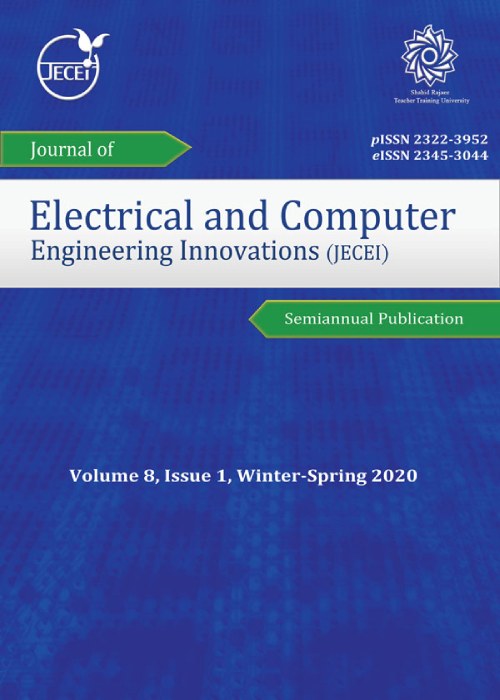A Survey of Deep Learning Techniques for Maize Leaf Disease Detection: Trends from 2016 to 2021 and Future Perspectives
Author(s):
Article Type:
Research/Original Article (دارای رتبه معتبر)
Abstract:
Background and Objectives
To a large extent, low production of maize can be attributed to diseases and pests. Accurate, fast, and early detection of maize plant disease is critical for efficient maize production. Early detection of a disease enables growers, breeders and researchers to effectively apply the appropriate controlled measures to mitigate the disease’s effects. Unfortunately, the lack of expertise in this area and the cost involved often result in an incorrect diagnosis of maize plant diseases which can cause significant economic loss. Over the years, there have been many techniques that have been developed for the detection of plant diseases. In recent years, computer-aided methods, especially Machine learning (ML) techniques combined with crop images (image-based phenotyping), have become dominant for plant disease detection. Deep learning techniques (DL) have demonstrated high accuracies of performing complex cognitive tasks like humans among machine learning approaches. This paper aims at presenting a comprehensive review of state-of-the-art DL techniques used for detecting disease in the leaves of maize.Methods
In achieving the aims of this paper, we divided the methodology into two main sections; Article Selection and Detailed review of selected articles. An algorithm was used in selecting the state-of-the-art DL techniques for maize disease detection spanning from 2016 to 2021. Each selected article is then reviewed in detail taking into considerations the DL technique, dataset used, strengths and limitations of each technique. Results
DL techniques have demonstrated high accuracies in maize disease detection. It was revealed that transfer learning reduces training time and improves the accuracies of models. Models trained with images taking from a controlled environment (single leaves) perform poorly when deployed in the field where there are several leaves. Two-stage object detection models show superior performance when deployed in the field. Conclusion
From the results, lack of experts to annotate accurately, Model architecture, hyperparameter tuning, and training resources are some of the challenges facing maize leaf disease detection. DL techniques based on two-stage object detection algorithms are best suited for several plant leaves and complex backgrounds images.Keywords:
Language:
English
Published:
Journal of Electrical and Computer Engineering Innovations, Volume:10 Issue: 2, Summer-Autumn 2022
Pages:
381 to 392
magiran.com/p2438060
دانلود و مطالعه متن این مقاله با یکی از روشهای زیر امکان پذیر است:
اشتراک شخصی
با عضویت و پرداخت آنلاین حق اشتراک یکساله به مبلغ 1,390,000ريال میتوانید 70 عنوان مطلب دانلود کنید!
اشتراک سازمانی
به کتابخانه دانشگاه یا محل کار خود پیشنهاد کنید تا اشتراک سازمانی این پایگاه را برای دسترسی نامحدود همه کاربران به متن مطالب تهیه نمایند!
توجه!
- حق عضویت دریافتی صرف حمایت از نشریات عضو و نگهداری، تکمیل و توسعه مگیران میشود.
- پرداخت حق اشتراک و دانلود مقالات اجازه بازنشر آن در سایر رسانههای چاپی و دیجیتال را به کاربر نمیدهد.
In order to view content subscription is required
Personal subscription
Subscribe magiran.com for 70 € euros via PayPal and download 70 articles during a year.
Organization subscription
Please contact us to subscribe your university or library for unlimited access!


